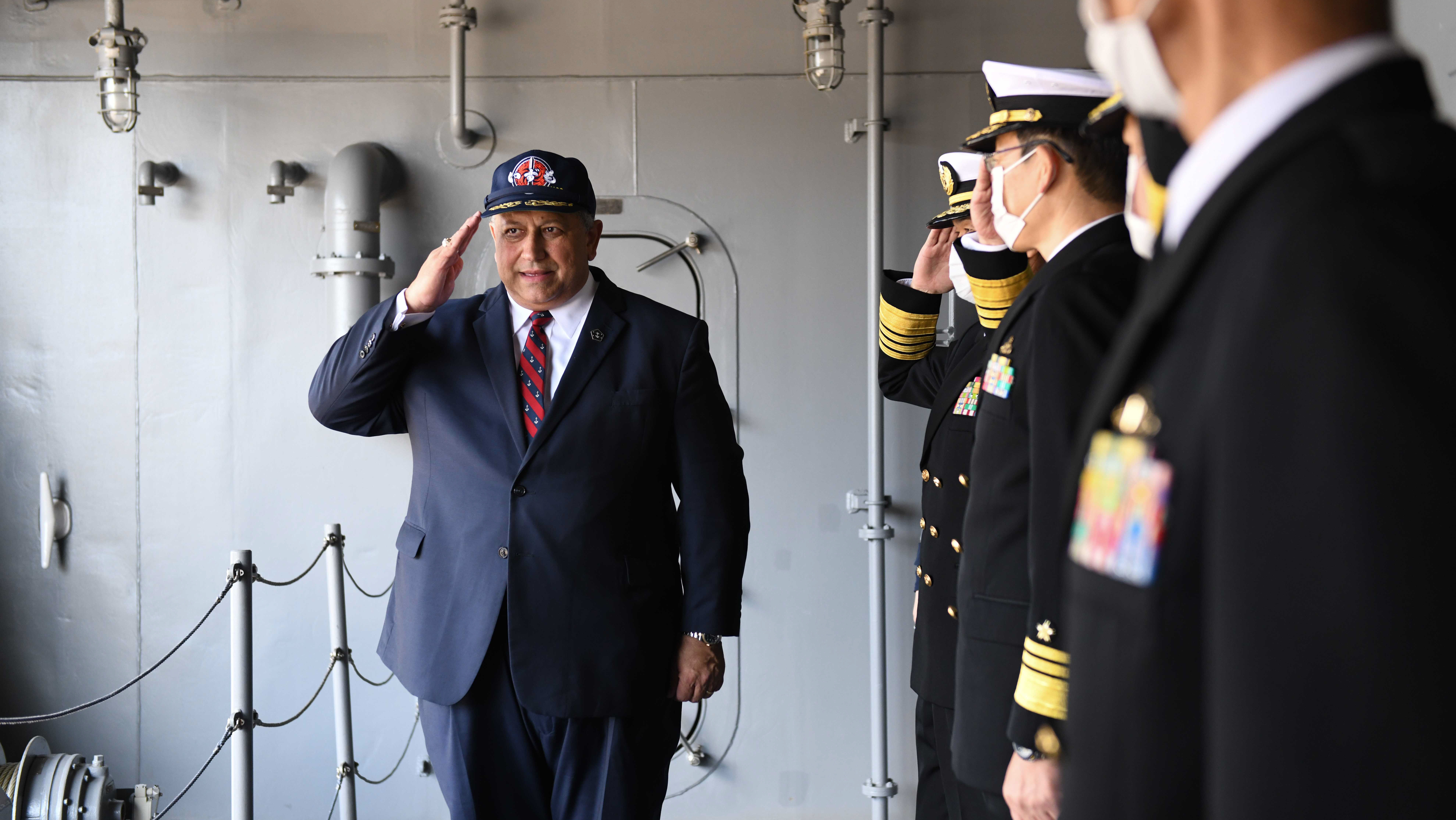Could do. Pain in the arse to logistically manage though.
I think it comes down to a couple of factors:
- How far away is a potential conflict. The Government would appear to be of the view it is unlikely before the mid 30's. So, while it is urgent, it is not a crisis. Maybe they are wrong maybe they are right, but their intelligence (5 eyes) is better than ours (google).
- How much money is available. Doubling the tempo, doubles the cost, causing some budget problems. The IIR was put together with a set spend cadence in mind. If we spend more, we get fewer hospitals and schools. Or we do without another capability like P8s.
- How fast new equipment can be absorbed. Each new ship needs to have a crew assigned about 18-24 months prior to commissioning, taking a lot of scarce resources out of the system. The current plan has a new ship coming online about every nine months from about 2029/30, which I suspect is about as fast as the Navy could realistically do without starving the existing active ships of people.
The above kind of sets the rate and timing of new equipment, and it would likely be a tight optimisation. I do however like the option of perhaps an additional one or two ships from the same class before the 2029 timeline as this helps retire an extra ANZAC or two a bit earlier. Bringing forward is likely a easier to manage than increasing the tempo.
I would also remind that this double platform strategy was the approach the USN took with the LCS, and I would suggest it remains one of the reasons this project was unsuccessful. It created twice the rate of problems and required two sets of everything to operate.
The other point is this does not enable a local indigenous ship building capability to be established. This is more than a jobs for the boys issue. When war eventually does come we will be on our own and will only be able to use what we habe or can build. And what we have will get destroyed or consumed very quickly.
An experienced hot yard able to rapidly spool up an pump out ships every six months or less takes a lot to set up, taking about a decade to gain the workforce and supply chain. The same principle holds for vehicle, ammunition and missile production. Invest in the factories for the future.
In time the production capacity will be just as valuable as the platforms themselves. WWII was won in large part because the US could build ships (albeit cheap and nasty ones) faster than Germany and Japan could sink them.

